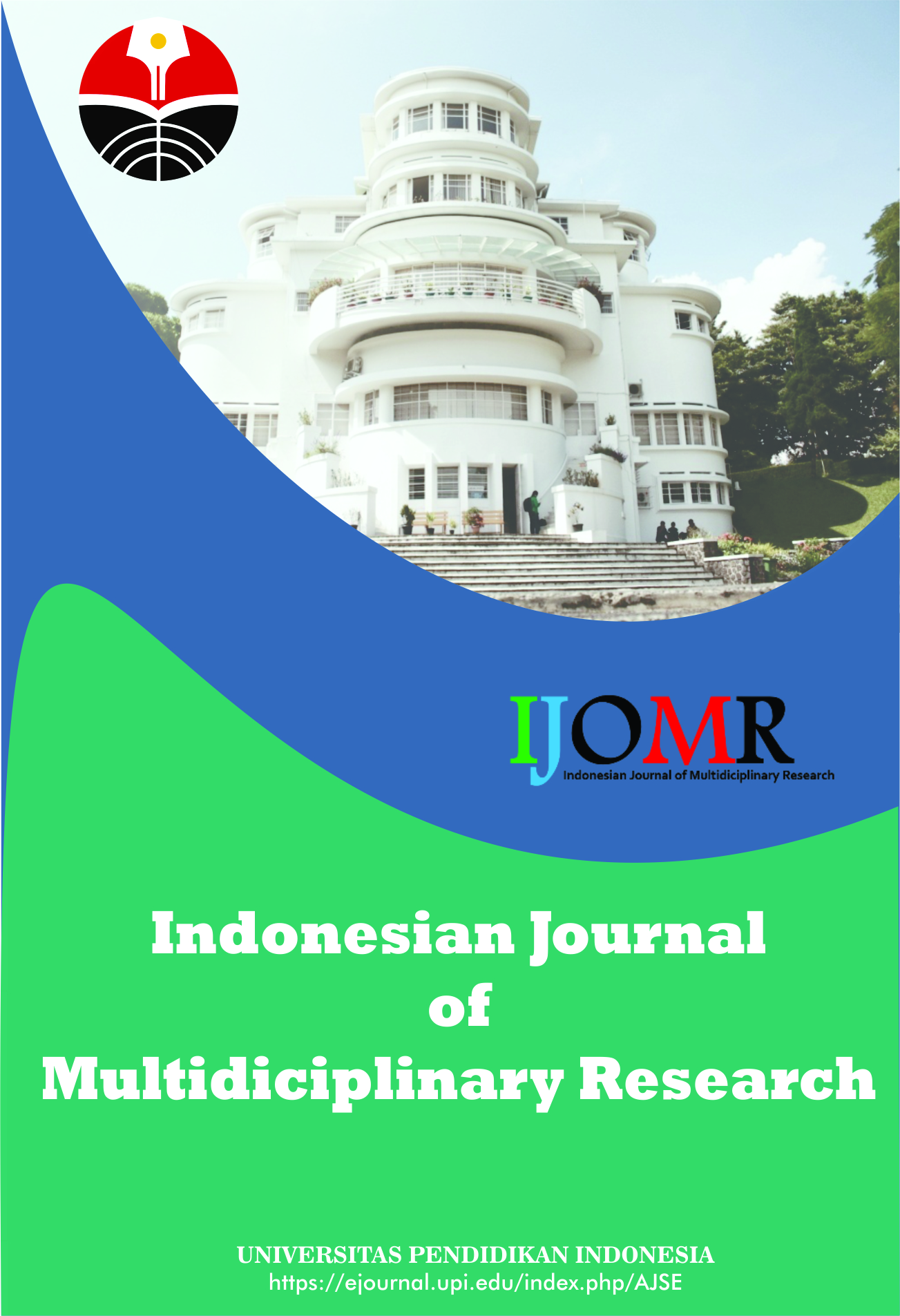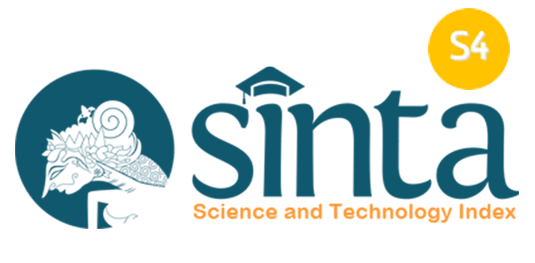A Phonetic Comparison of Interrogative Sentences “Where Do You Live?” In Karo and Mandailing Languages Using Suprasegmental Analysis: An Acoustic Analysis Using Praat for Language Education
Abstract
Keywords
Full Text:
PDFReferences
Almalki, S. (2016). Integrating quantitative and qualitative data in mixed methods research—challenges and benefits. Journal of Education and Learning, 5(3), 288.
Anderson, M. and Chen, L. (2019). Praat software in cross-linguistic phonetic research: a methodological approach. International Journal of Phonetics, 8(3), 112-127.
Armis, M. K., Harahap, A. I., and Syarfina, T. (2023). Analisis prosodi kajian fonetik akustik pada Bahasa Batak Angkola. Fon: Jurnal Pendidikan Bahasa dan Sastra Indonesia, 19(1), 158–165.
Collins, D. and Baker, S. (2018). Understanding speech production and processing: a phonetic approach. International Journal of Phonetics, 7(1), 89-104.
De Jong, N. H., and Wempe, T. (2009). Praat script to detect syllable nuclei and measure speech rate automatically. Behavior Research Methods, 41(2), 385–390.
Fry, D. B. (1955). Duration and intensity as physical correlates of linguistic stress. The Journal of the Acoustical Society of America, 27(4), 765-768.
Gordon, M. (2004). A phonological and phonetic study of word-level stress in Chickasaw. International Journal of American Linguistics, 70, 1-32
Harrison, M. and Wilson, D. (2021). Modern approaches to phonetic analysis: from sound waves to brain processing. Applied Linguistics Journal, 10(4), 156-171.
Johnson, K. and Smith, P. (2020). Understanding phonetics: From speech production to neural processing. Journal of Phonetics Studies, 15(2), 89-104.
Lee, H. and Patel, S. (2021). Acoustic measurement techniques: A practical guide to praat analysis. Journal of Speech Sciences, 10(2), 156-171.
Mitchell, S. and Hassan, R. (2018). Using praat for comparative language analysis: A guide to acoustic phonetics. Applied Linguistics and Phonetics, 6(2), 145-160.
Narhan, R., Sholihatun, P., and Syarfina, T. (2023). Analisis frekuensi, intensitas, dan durasi pada bahasa Turki oleh native speaker dan non-native speaker menggunakan Praat. LINGUA: Jurnal Bahasa, Sastra, dan Pengajarannya, 20(2), 351-372.
Nugroho, P. (2019). Bahasa dan evolusi budaya: Analisis representasi nilai dalam perubahan linguistik. Jurnal Sosiolinguistik Indonesia, 4(2), 67-82.
Peterson, M. and Henderson, R. (2020). The three dimensions of phonetics: Articulation, acoustics, and perception. Journal of Speech Sciences, 14(2), 112-127.
Shantha Nair, S., and S Prem, S. (2020). A framework for mixed-method research. Shanlax International Journal of Management, 8(2), 45–53.
Sutanto, A. (2021). Representasi nilai dan ideologi dalam perubahan bahasa: perspektif sosiolinguistik. Jurnal Kajian Bahasa dan Budaya, 6(1), 112-127.
Thomas, K. and Garcia, P. (2022). Acoustic analysis tools: Applications of praat in language comparison. Journal of Experimental Phonetics, 12(1), 67-82.
Thompson, S. and Davis, L. (2022). Acoustic and articulatory phonetics: A Comprehensive review. Journal of Linguistic Sciences, 12(3), 145-160.
Wati, M. and Hidayat, R. (2022). Transformasi bahasa dan representasi ideologi: Kajian sosiopragmatik. Jurnal Linguistika Terapan, 7(1), 89-104.
Widodo, S. and Purnama, R. (2020). Evolusi bahasa dan transformasi sosial: Kajian sosiolinguistik dalam masyarakat Indonesia. Jurnal Linguistik dan Budaya, 5(2), 78-93.
Williams, R. and Anderson, M. (2019). The science of speech sounds: An introduction to modern phonetics. International Journal of Speech Sciences, 8(1), 67-82.
Wilson, D. and Zhang, Y. (2023). Digital tools in phonetic research: Advanced applications of praat software. Phonetics and Speech Technology, 16(4), 89-104.
Wong, R. and Smith, J. (2020). Comparative phonetic analysis using Praat: Methods and applications. Journal of Acoustic Studies, 15(2), 78-93.
DOI: https://doi.org/10.17509/ijomr.v4i2.81652
Refbacks
- There are currently no refbacks.
Copyright (c) 2025 Kantor Jurnal dan Publikasi, Universitas Pendidikan Indonesia (UPI)

This work is licensed under a Creative Commons Attribution-ShareAlike 4.0 International License.
Indonesian Journal of Multidiciplinary Research (IJOMR) is published by Universitas Pendidikan Indonesia (UPI)















